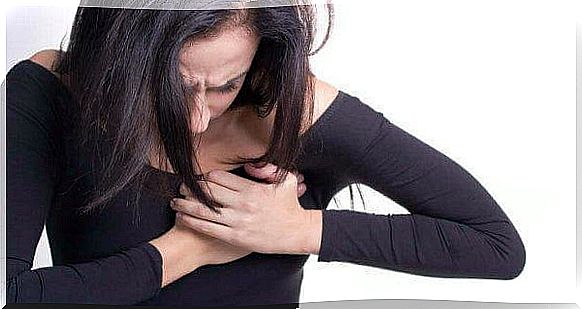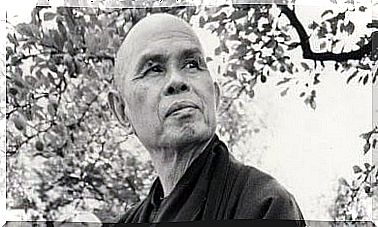How Exercise And Stress Are Connected

What do you do to get better at yourself, which is also healthy? If your answer is exercise, you are on the right track! People who do not exercise tend to underestimate the link between exercise and stress.
Exercise is linked to stress. By and large, exercise is an effective and healthy way to fight stress. Regular physical activity can make us less stressed.
One can say that a sedentary body is like a dead body. A tired and lazy child is seen as an unhealthy child. Lack of exercise leads to poor health, making it difficult to cope with extreme situations. It promotes slow metabolism, low energy, tendency to overeat and drug abuse.

The problems of stress
Excessive stress results in poor health. When we go through long periods of stress, the body reacts negatively to the secretion of hormones like cortisol.
Stress also reduces our energy levels. We get tired faster. It promotes absenteeism at work and laziness when it comes to household chores and other activities. The personal costs of all this are immense. Stress has been linked to many arterial, gastric, respiratory, mental and immunological diseases, etc.
Chronic stress can, for example, severely affect the cardiovascular system. The thin membrane in the blood vessels can break.
If our stress gets worse, it can lead to more serious diseases like high blood pressure, ischemic heart disease, tachycardia, arrhythmic palpitations, aneurysm, embolism, etc. And it is only the heart disease.
Therefore, we need to develop strategies to confront the problem. Exercise is an excellent strategy to combat the negative effects of stress.

Oxygen-demanding activities improve health
Exercise is an energetic activity that requires large amounts of oxygen. In order for your physical activity to help the cardiovascular system, you must perform the activity for at least 20 minutes.
Oxygen-demanding exercise is a physical activity that does not overload the heart’s ability to send the right amount of blood and oxygen to your muscles.
The harder the workout, the higher your heart rate. If you train your muscles too hard, your heart may eventually not provide enough oxygen. Then you run out of oxygen and have to stop the activity.
Exercise as active relaxation
There are two types of relaxation: active and passive. Passive relaxation is what we do through breathing exercises, progressive muscle relaxation, meditation, etc.
Conversely, active relaxation can be done in many ways, such as running, jogging, walking, cycling, swimming, dancing, etc. In short, we can actively relax through exercise.
Active relaxation is better when it is not part of a competition. In these cases, it can cause a certain level of anxiety. There is a big difference between running to relax and running against rivals in a 100 meter sprint.

Exercise and stress
As mentioned earlier, exercise and stress are closely linked. If we exercise regularly, we can keep stress levels down.
Regular exercise helps us both physically and mentally. We burn calories, which slows down the aging process. According to medical research, we can have the following effects:
Better sleep
If you exercise regularly, you reduce the level of adrenaline and noradrenaline, which helps you to fall asleep more easily and sleep better.
A low cortisol level has also been linked to better sleep quality. When we exercise, we also reduce the level of this hormone.
Lower risk of heart attack
People who burn less than 2,000 calories a week by not performing any physical activity are 64% more prone to heart attacks than people who burn more than 2,000. At the same time, stress is also a risk factor.
If we exercise regularly, we burn more calories. By doing so , we lower the risk of heart attack.

A better physical shape allows us to burn more oxygen during exercise. This means that we get a slower heart rate through relaxation, lower production of lactic acid and visible improvement in performance.
The more exercise we exercise, the lower the level of triglyceride we get. The ratio of high to low density lipoprotein in the blood improves. Low-density lipoprotein carries cholesterol to other tissues where blood clots can occur.
Increased resistance to stressors
Research says that the greater the amount of oxygen the brain receives, the more the availability of glucose increases. Glucose improves brain function. If we improve brain functions, we are less susceptible to stress.
Brain catecholamine levels decrease as a result of exercise and stabilize mood swings. It can also reduce the feeling of anxiety and sadness.
We can see that exercise and stress have a close relationship. A better physical shape helps fight stress. Exercise makes us stronger physically and mentally by giving us the feeling that we are more than capable of dealing with the things that stress us out.









